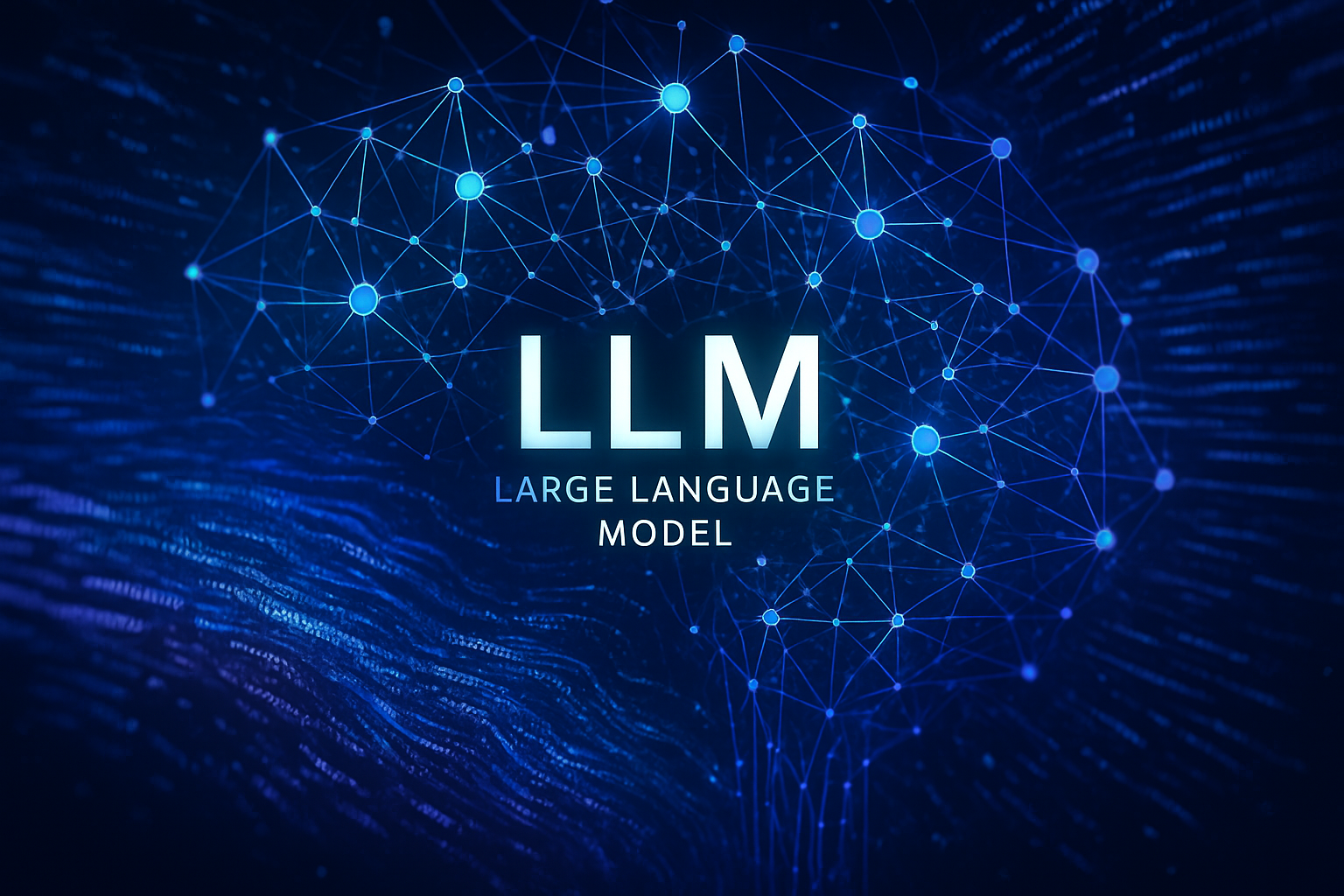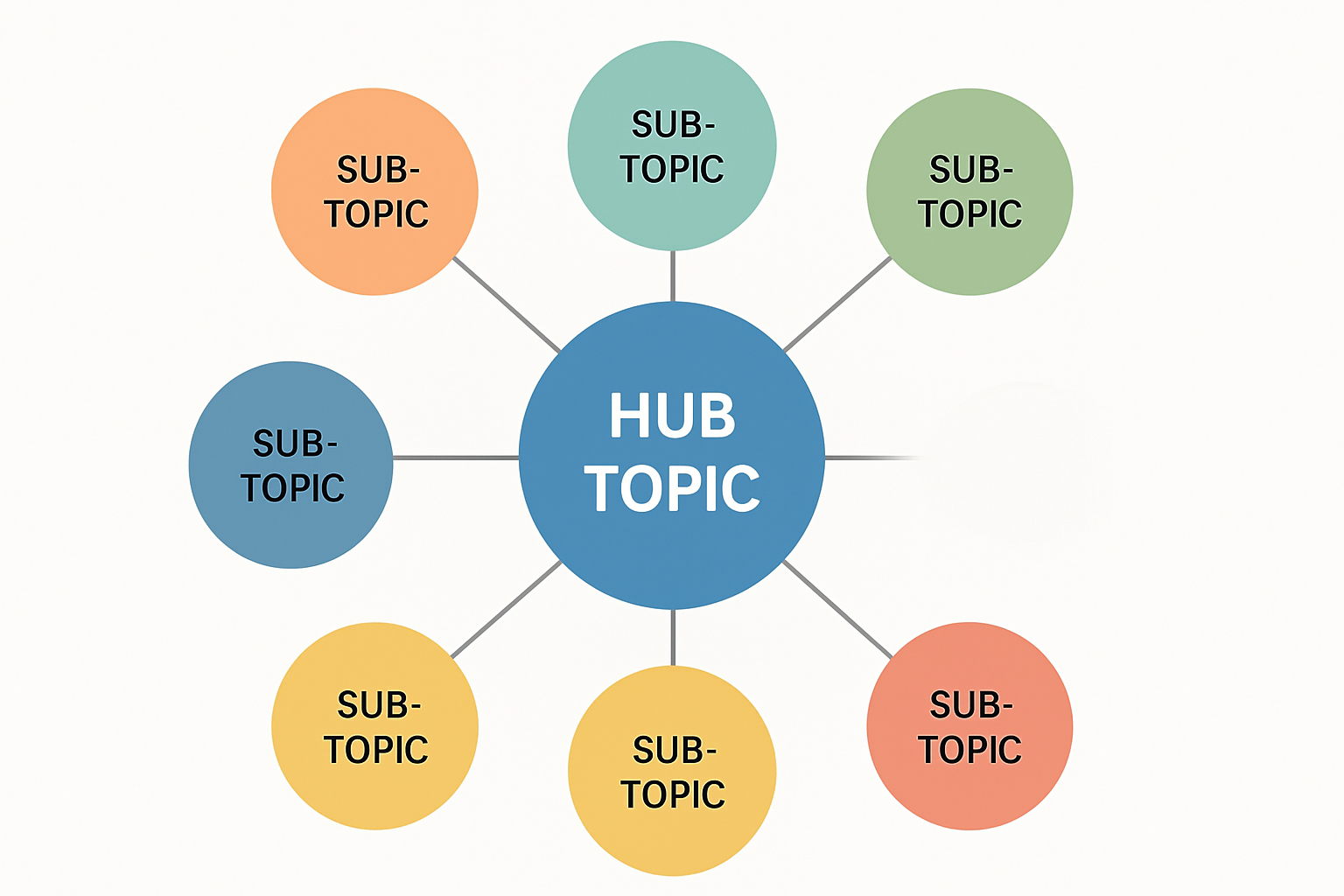How AI Overview Optimization Changes SEO in 2025
The AI Overview Revolution: Why Traditional SEO Is No Longer Enough

AI has significantly altered the behaviors of search engines in numerous ways. Only 1% of users who read AI Overviews click the link to the page. Even if your pages rank in AI search, that doesn’t mean users will consume your entire content.
In addition, organic click-through rates drop nearly 30% when Google’s AI Overview is present. Even though Google searches without SGE have increased to 65%, traditional SEO strategies that focus solely on keyword rankings are becoming increasingly ineffective.
The solution isn’t to abandon SEO, it’s to evolve into Answer Engine Optimization (AEO). This means creating content that not only ranks well but also gets selected, cited, and featured in AI-generated responses.
Understanding How AI Overviews Selects Content
AI Overviews don’t simply pull from the highest-ranking pages. The selection process is more nuanced and opportunity-rich than most marketers realize.
The Position Advantage Reality
While pages holding the first traditional organic position have a 53% chance of being included in Google’s AI Overviews, pages in the tenth position still maintain a 36.9% chance. This means well-optimized content can leapfrog higher-ranking competitors in AI results.
The key differentiator isn’t just authority; it’s content structure and the capability to provide direct answers. AI systems prioritize content that provides clear, immediate answers to user queries, regardless of its organic ranking.
Content Types That Win in AI Overviews
Based on current data patterns, specific content formats consistently perform better in AI Overview selections:
- Direct answer formats: Content that immediately addresses the query in the first paragraph
- Structured explanations: Step-by-step processes, numbered lists, and clear hierarchies
- Comparative content: Side-by-side analysis and feature comparisons
- Definition-heavy content: Clear explanations of concepts with supporting context
- User-generated insights: Discussion-based content similar to Reddit and Quora, which have seen 603.41% and 379.33% organic search traffic increases, respectively.
Creating AI-Friendly Content Structure

The most effective AI-optimized content follows predictable structural patterns that make information easily extractable and citable.
The Answer-First Framework
Traditional SEO content often buries the answer deep in the article. AI-friendly content flips this approach:
Immediate Answer: Provide the core answer in the first 50-75 words. This becomes your “citation snippet” that AI systems can easily extract and reference.
Supporting Context: Follow with 2-3 sentences that add crucial context or qualifications to your answer. This helps AI systems understand when your answer is most applicable.
Detailed Exploration: Then expand into comprehensive coverage, examples, and related concepts. This satisfies both the needs of AI extraction and the expectations of human readers.
Schema Markup That Actually Works
Generic schema markup is no longer enough; schema markup is essential to optimize your content for AI search engines and improve the technical performance of your web page.
Focus on these specific schema implementations:
- FAQ Schema: Structure your content around common questions and direct answers
- How-To Schema: Break processes into clear, numbered steps with time estimates
- Entity Markup: Link to authoritative sources for people, places, and concepts mentioned
- Review Schema: Include comparative analysis with structured ratings when relevant
Content Depth vs. Accessibility Balance
AI systems favor content that strikes a balance between comprehensive coverage and clear accessibility. This means:
Layered Information Architecture: Present information in digestible layers. Summary, detailed explanation, advanced considerations, and practical applications.
Multiple Entry Points: Create several ways for AI systems to extract relevant information through subheadings, bullet points, and highlighted key concepts.
Cross-Reference Integration: Link related concepts within your content and to authoritative external sources. This builds authority that AI systems recognize.
Advanced Optimization Techniques for AI Visibility
Topic Clustering for Entity Recognition
AI systems excel at understanding entities and relationships. Instead of targeting individual keywords, build content clusters around core topics:
- Hub Content: Comprehensive guides that cover a topic exhaustively
- Spoke Content: Detailed articles on specific subtopics that link back to the hub
- Supporting Content: FAQ pages, case studies, and examples that reinforce topical authority
This approach mirrors how AI writing tools for content creation understand and generate content through interconnected topic relationships rather than isolated keyword targeting.
Answer Density Optimization
Traditional content optimization focused on keyword density. AI-friendly content requires “answer density”—the ratio of direct, actionable answers to total content volume.
Aim for one clear, extractable answer every 150-200 words. These answers should be:
- Grammatically complete sentences
- Self-contained (understandable without additional context)
- Factually accurate and verifiable
- Directly relevant to common user queries
Human-AI Content Collaboration
The most effective approach combines AI content writing tools with human expertise and oversight. AI excels at structure and initial drafts, while humans provide nuance, accuracy verification, and authentic voice.
When using AI assistance, focus on making content authentically human through personal insights, industry experience, and unique perspectives that AI cannot replicate.
Measuring and Optimizing AI Overview Performance
Traditional SEO metrics don’t fully capture AI Overview success. Track these specific indicators:
- AI Overview inclusion rate: Percentage of target queries where your content appears in AI-generated responses
- Citation quality: How prominently your content is referenced and linked within AI Overviews
- Query coverage: Breadth of related queries where your content gets selected
- CTRs from AI Overviews: Traffic that originates from AI Overview citations
Remember that success in AI Overviews often means providing value even when users don’t click through to your site. This requires a shift in thinking from pure traffic generation to building brand authority and thought leadership.
The future belongs to content that serves both human readers and AI systems effectively. Focus on clear answers, structured information, and genuine value creation. As a result, you can position your content to thrive in AI-powered search.





